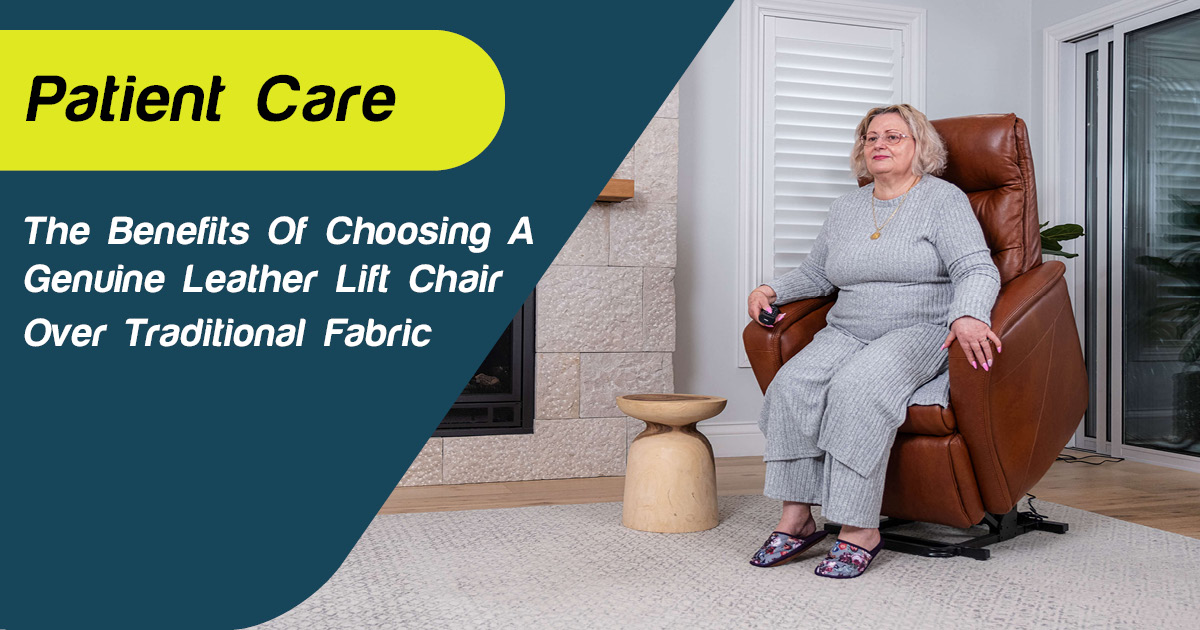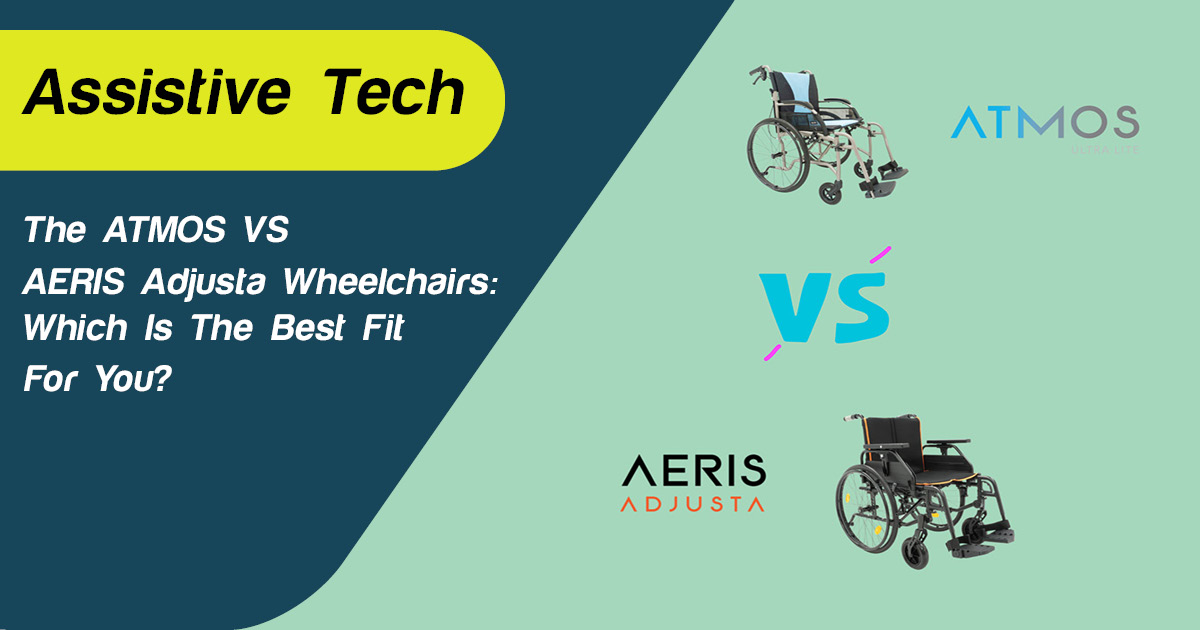
Share
Whether you’re providing care in a medical facility (e.g. a hospital or an aged care facility) or caring for an elderly or disabled relative at home, transfers have most likely become a daily part of your life. With limited mobility, your patient, client or relative most likely needs help getting in and out of their bed or chair, getting into the bath or shower, or even going to the toilet.
As a carer, transferring another person is no easy feat — especially if you don’t have the right equipment on hand to make the process simpler and safer. Out of 10,000 healthcare workers, 20.5 will be injured while lifting a client, patient or relative, so we can bet you’re a little worried about safe transfers!
It is important to take into account your own limitations and ask for help where needed — this is a very important part of the safety procedure for lifting and transferring other people.
In this article, we share safe transfer techniques for caregivers to make the process safer and more efficient for everyone involved.
#1. Know your limitations

While your main goal is to make your patient, client or relative as comfortable as possible, you need to understand your limitations, both physically and emotionally. If you need assistance during the transfer process, don’t be afraid to ask.
You need to ensure that you do not injure yourself during the transfer process. An injured carer is not much help in the long run!
#2. Know the weight of your patient, client or relative

One of the major elements you need to consider when lifting and transferring a patient is their weight. This will heavily impact your ability to transfer them from point A to point B.
If you have a bariatric patient, client or relative, you will need special lifting equipment to make the transfer process simpler. At Active Mobility Systems, we stock an extensive range of patient lifting equipment to make transfers simpler and safer for everyone involved. Shop online or contact us for more information on 02 9649 2111 to organise a purchase today.
#3. Communicate with the person you’re transferring

The risk of injuries and accidents during transfer can be avoided through active communication with the person you are lifting and transferring. Ask if they are experiencing any discomfort or if they feel unstable as you begin to lift them.
If this is the case, you may need to readjust the proper patient transfer techniques you are using.
#4. Avoid twisting motions

When lifting and transferring a patient, you are dealing with quite a bit of weight that you are not used to handling. Your body can only handle one-third of the weight when you are twisting so, like in any profession, it is important not to lift with twisting motions around the hips and waist.
Back injuries are common when lifting and transferring patients. Twisting is one of the biggest offenders — instead, keep your abdominal muscles tight and your chin tucked in. This will help protect your weaker back muscles. We also recommend keeping your wrists straight — this will help you better handle the strain.
Once your patient, client or relative is securely standing, use your feet and body to turn in the direction you need to go.
#5. Bend at your knees and hips, not your waist

In the same vein, it is crucial to lift from the hips and knees, not the waist. This is essential to protect your back when lifting a patient, or any heavy load for that matter.
Imagine how a professional weightlifter bends for a squat — they drop down into a deep squat with their back straight and then use their leg muscles to stand up again. This is a good technique to keep in mind as you lift your patient, client or relative.
#6. Hold the person close to your body

When you hold weight closer to your body, you require less effort to move. If you hold your arms out while lifting your patient, client or relative, you are relying on the smaller muscles of your arms to bear the weight. This can be counterproductive and put more strain on the rest of your body.
Instead, hold the patient close to you as you lift and transfer them. This not only prevents injuries but provides confidence and security to the person you are lifting. As you set the patient down, keep your feet in the direction you want to go and slowly lower the patient by bending your knees, not your back.
Make sure to check with your patient, client or relative that this is okay. For them to be transferred safely and efficiently, this is a necessity.
#7. Consider your body alignment

If you start lifting your client, patient or relative and it does not feel natural on your back, you are most likely in the wrong position. You need to consider your body alignment before and during the lift to avoid injuring yourself.
It is recommended for you to keep your feet approximately shoulder-width apart for balance and to ensure your patient’s weight is distributed evenly.
#8. Assist the patient — don’t lift

If your patient has some mobility and simply needs a hand getting out of bed or their seat, it’s important to encourage them to do it themselves and ensure they are prepared to stand.
For example, make sure their feet are firmly on the ground, use a rocking motion to lean them forward and prepare them to stand, then let them know when you are going to help them gain their footing and stand.
A one-two-three warning should be enough to help them to their feet.
#9. Use transfer equipment if needed

Lifting another adult is a major challenge, especially if this is your first time caring for an elderly or disabled relative, client or patient. With this in mind, we recommend utilising patient lifting equipment like slide sheets, walking belts, chair belts and leg lifters.
#10. Your health and safety are paramount

When you’re lifting a patient, client or relative, it is important to remember that your health and safety is paramount. Suffering an injury mid-lift or transfer can be hazardous to the patient, and can have long-term effects on your own health.
If you do not believe you can complete the lift or transfer, be sure to reach out for help from fellow relatives or healthcare workers.
Utilise proper patient transfer techniques with our patient lifting products
As well as supporting those living with disabilities, we also want to support the health and safety of caregivers throughout Australia. Lifting and transferring patients, clients and relatives can be difficult for everyone involved, which is why we recommend patient lifting equipment to ensure you’re practicing proper patient transfer techniques.
We stock an extensive range of patient lifting equipment to make the job much easier.









